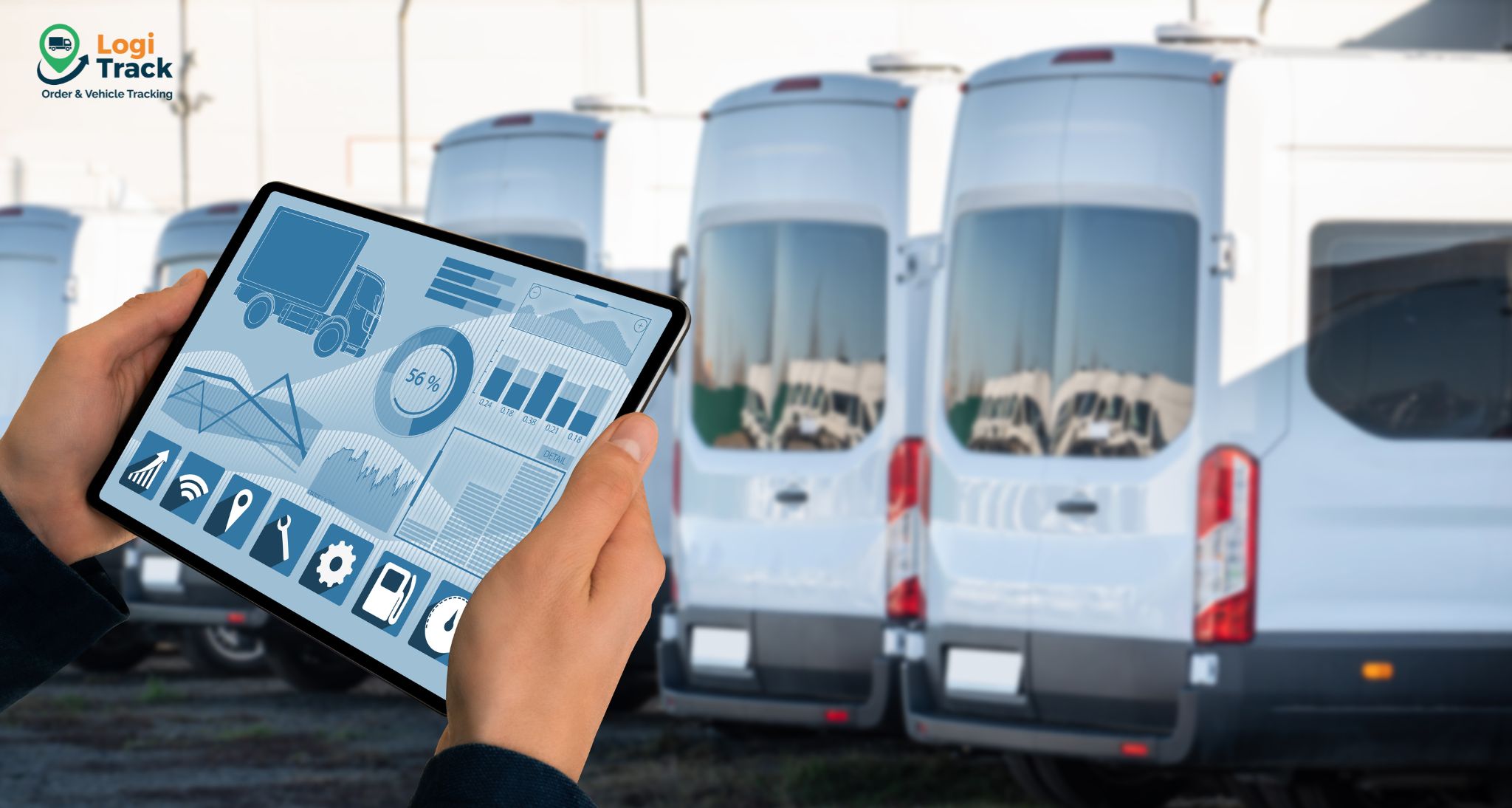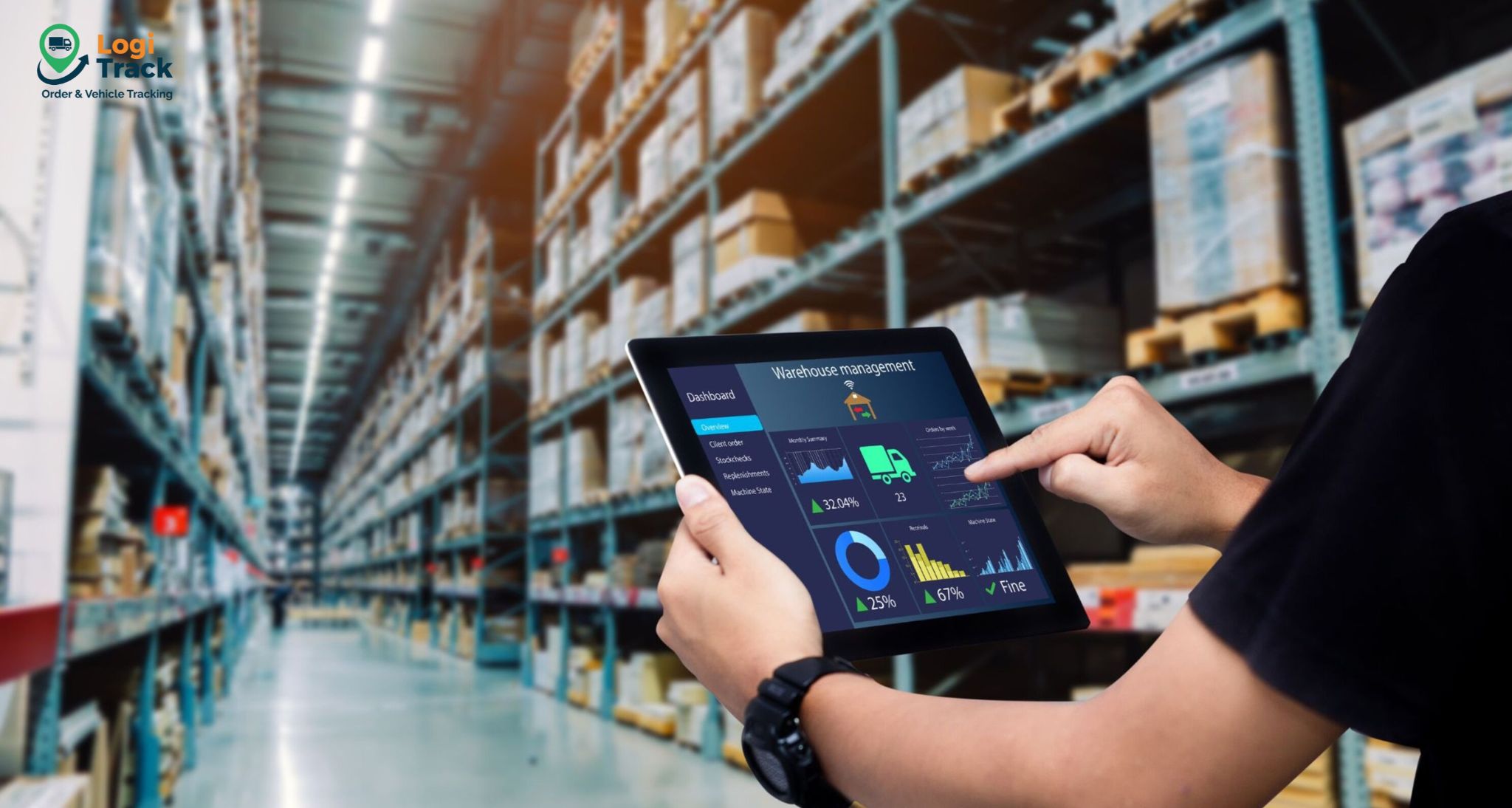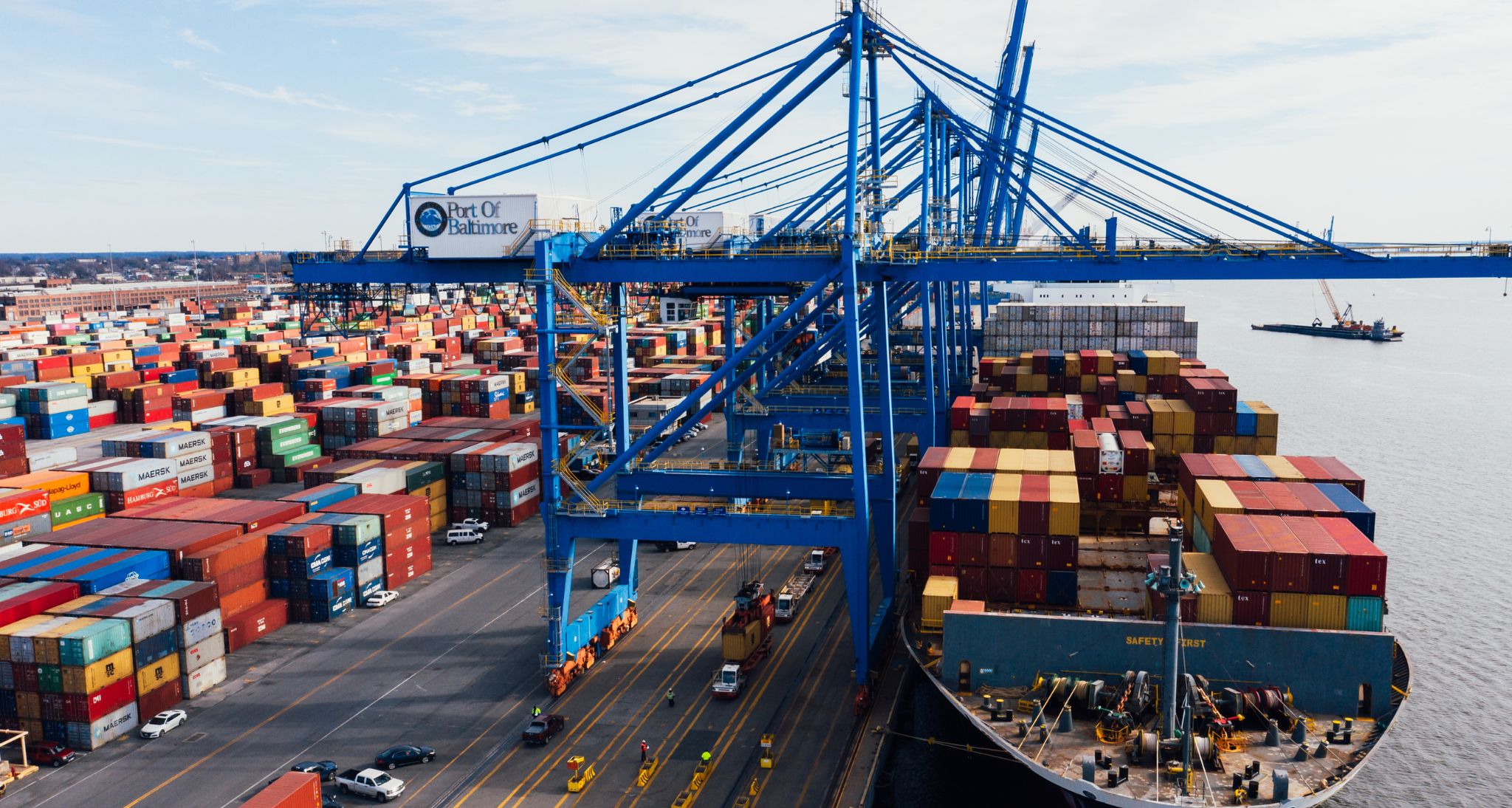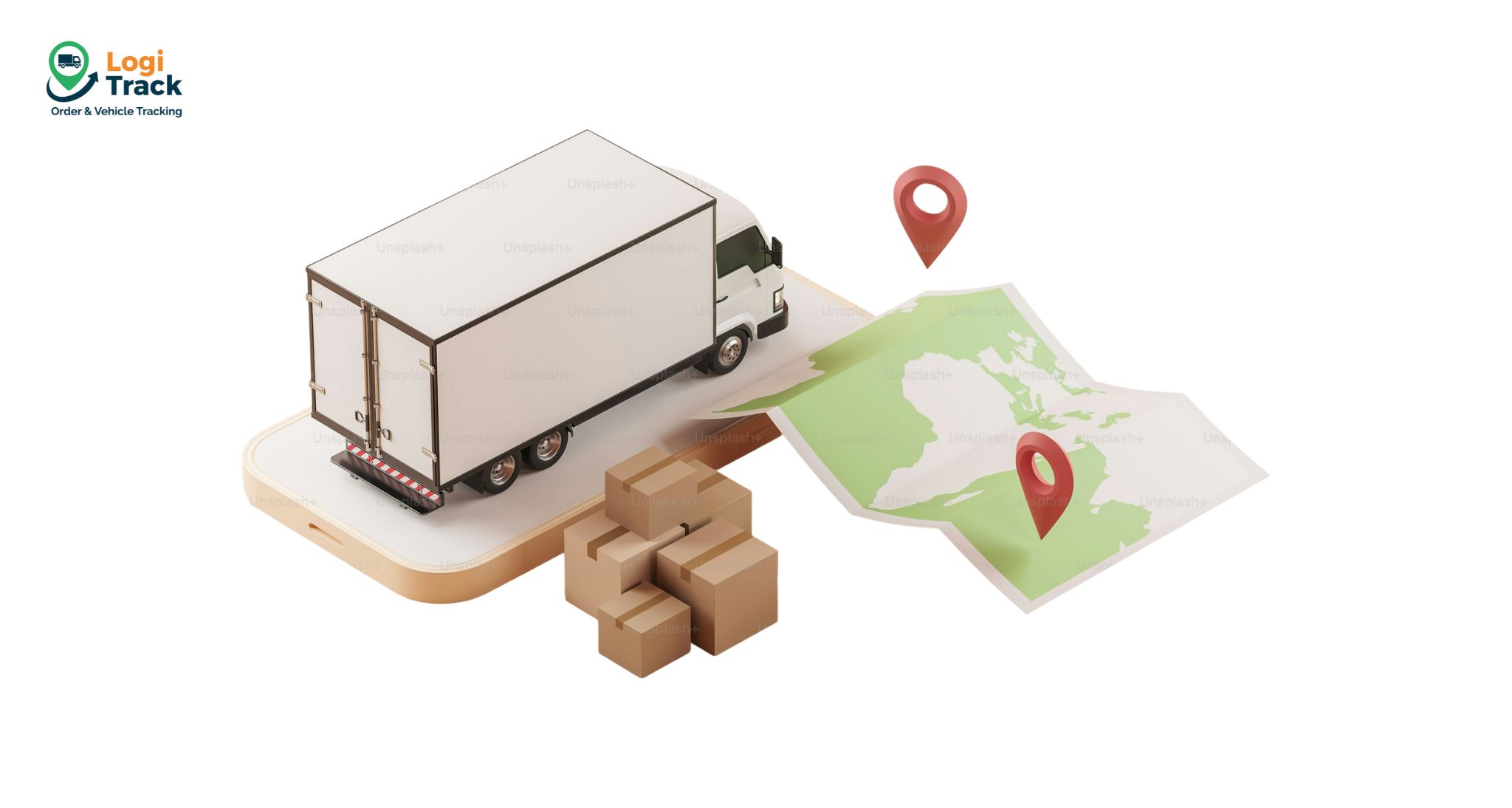With the explosive growth of e-commerce and the rising demand for freight delivery, transportation management has become a critical factor in the logistics industry. However, coordinating hundreds of vehicles, optimizing delivery routes, controlling fuel costs, and ensuring on-time delivery is a major challenge for many businesses.
According to the World Bank, transportation costs can account for up to 60% of total logistics expenses, significantly higher than the global average. This is why a Transportation Management System (TMS) is considered the “technology heart” of modern logistics operations—helping companies reduce costs, boost operational efficiency, and enhance customer experience.
Challenges of Traditional Transportation Management
-
Difficult route optimization: Using manual methods or spreadsheets makes transport planning inflexible, leading to empty runs and wasted fuel.
-
Lack of real-time vehicle tracking: Without a monitoring system, companies struggle to detect delays, route deviations, or delivery issues.
-
High operating costs: Fuel, vehicle maintenance, and toll fees are hard to control without detailed analytics.
-
Complex and disconnected processes: Transport data is not synchronized with Warehouse Management Systems (WMS) or Order Management Systems (OMS), causing delays and inaccuracies.
-
Lack of reporting and forecasting: Without standardized data, long-term planning and resource optimization become difficult.
To overcome these challenges, a TMS solution provides a comprehensive transportation management platform—from planning and tracking to performance analysis.
Key Benefits of a TMS
-
AI & GPS route optimization: Automatically recommends the shortest routes, reducing delivery times and saving up to 20% in fuel costs.
-
Real-time vehicle tracking: Integrated GPS allows continuous vehicle monitoring, quick detection of delays, and immediate issue resolution.
-
Automated operations: From receiving transport orders to vehicle assignment, waybill printing, and driver management—everything is digitized to minimize data entry errors.
-
Effective cost management: Provides detailed analysis of fuel, maintenance, and toll costs to support cost-saving decisions.
-
Smart data reporting and analytics: Generates reports on trip counts, delivery speed, and average costs per route to support forecasting and strategic planning.
-
Seamless integration with OMS and WMS: Synchronizes order and warehouse data for smooth, transparent logistics operations.
Essential TMS Features
-
Fleet, driver, and vehicle maintenance scheduling.
-
Integration with temperature and humidity monitoring tools (especially for cold-chain goods).
-
Automatic freight rate calculation, invoice generation, and payment management.
-
Delivery KPI analysis and driver performance tracking.
Steps for Successful TMS Implementation
-
Assess transportation needs: Determine the number of vehicles, routes, delivery frequency, and current management bottlenecks.
-
Select a trusted TMS provider: Choose a solution that integrates with OMS and WMS and supports customization for your business model.
-
Pilot deployment: Start in a specific region or with a small fleet before scaling across the entire operation.
-
Train staff and drivers: Ensure the entire team understands how to fully utilize TMS features.
-
Monitor and optimize continuously: Use TMS reports to improve routes, cut costs, and enhance service quality.
Strategic Investment for Competitive Advantage
A modern Transportation Management System helps logistics companies reduce costs, optimize delivery routes, and improve operational efficiency, creating a long-term competitive advantage in a fast-changing market. Investing in an advanced TMS is a strategic step for Vietnamese logistics businesses to enhance management capabilities and stay ahead in the global digital transformation era.




